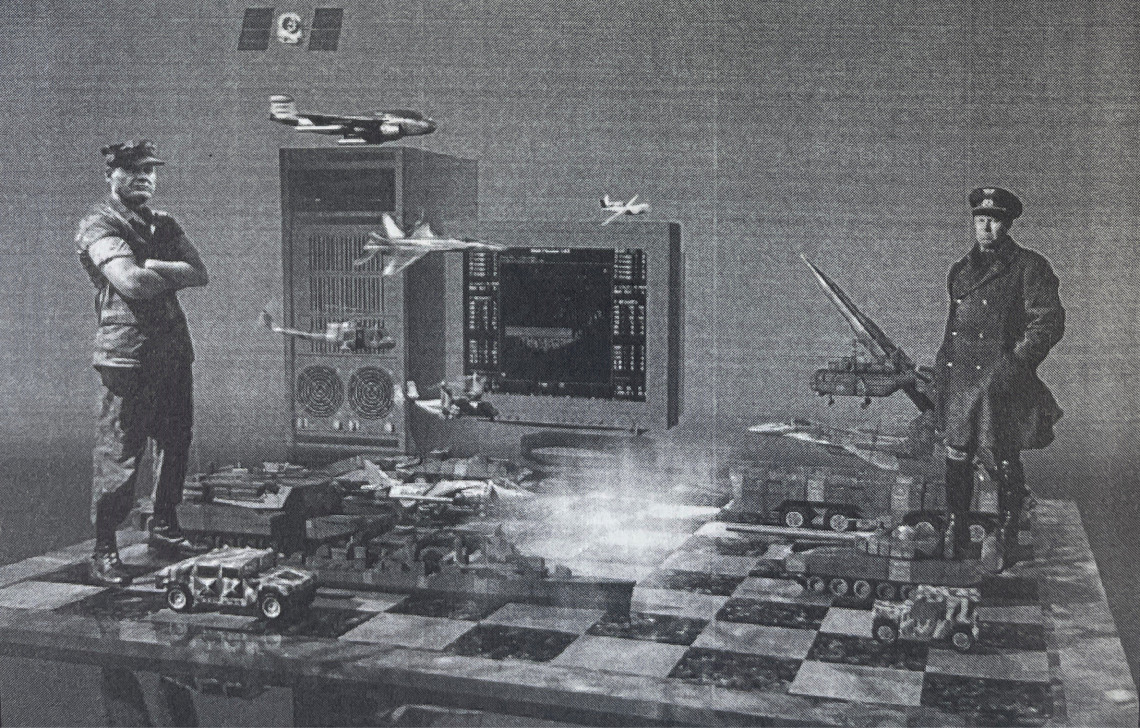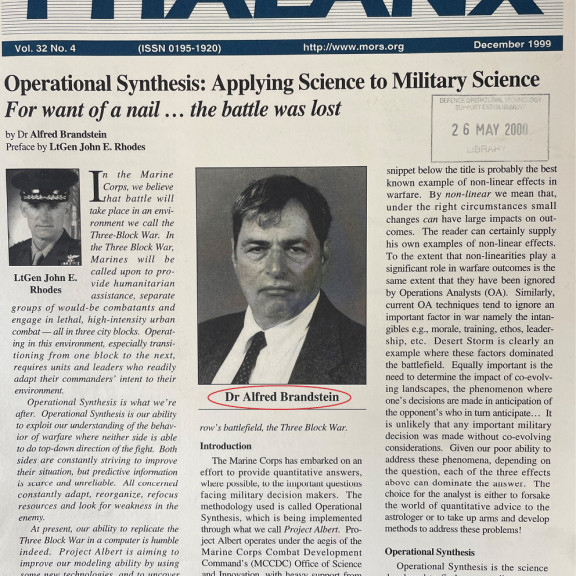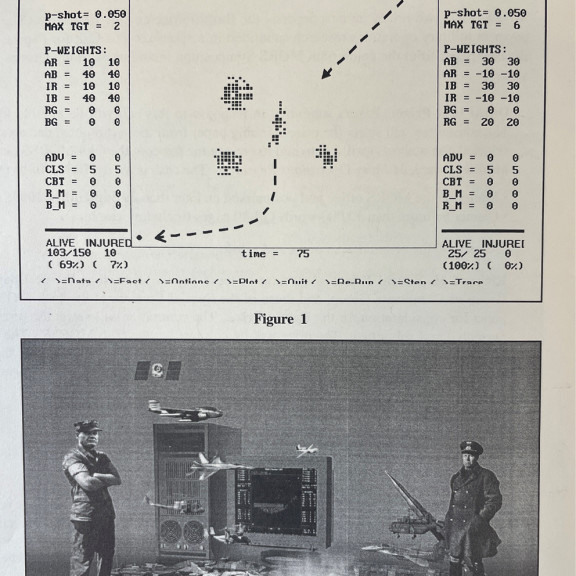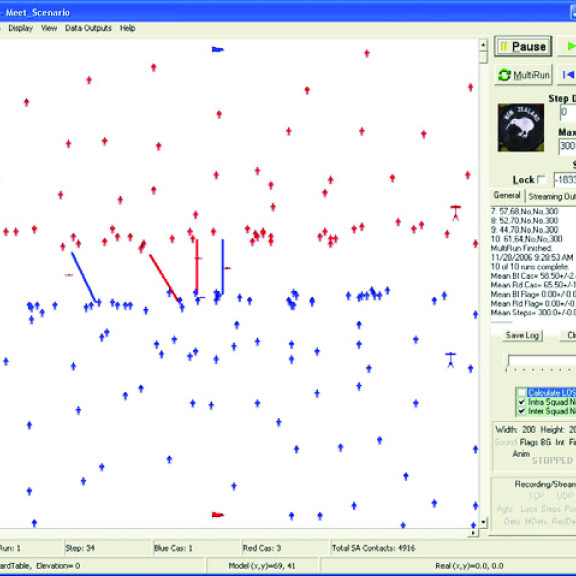
11 APRIL 2025 | OUR SCIENCE
Twenty-five years ago, a collision between Chaos Theory and computer simulation brought to life one of DST’s longest-standing and successful research products – the MANA combat model.
Often referred to as “the gift that keeps on giving”, it has become a favourite tool around the world for exploring the unpredictable nature of conflict, and can be found in places such as the US Naval Postgraduate School, and NATO simulation panels, in addition to our own research.
But how did it come into being?
A fortuitous visit to DST by the US Marine Corps Chief Scientist, Dr Alfred Brandstein (photo below), in 1999, made for the beginnings of a productive collaboration which eventually grew into the cryptically named “Project Albert”. This was a response to a recognition that non-linearities play a significant role in warfare. Non-linear simply means that small changes can have large impacts on outcomes, and is a key component of Chaos Theory.
During his visit, Dr Brandstein noted that morale, training, ethos, leadership etc. were all key factors in Operation Desert Storm in 1991, but models of the time failed to take these into account, or recognise their non-linear nature. He told us that US planners expected much higher casualty levels than the relatively easy run they had destroying Saddam Hussein’s forces in Kuwait. This was based on a series of comprehensive wargames that had been undertaken in advance. Yet the British had been much less pessimistic in their casualty assessments, by including such nebulous things as troop quality in their calculations. Realising that their existing models had failed them, the US Marine Corps began the search for new models which looked at the world differently, including those using the new science of Chaos Theory.
DST was already conducting research which reflected a frustration with the highly physics-based combat models that were available at the time. Warfare is inherently chaotic, and although these models purport to be detailed and highly mathematically rigorous, it became clear when one started to try to analyse the value of things such as human behaviour and knowledge-based warfare, that they are quite limited. They also did not reflect the capabilities of the NZDF or the types of operations that it was often involved in (e.g. peace keeping and humanitarian operations).
When DST combined its own ideas with those of the USMC, and its “ISAAC” model, the MANA model was born.
Mana – the Te Reo word for authority, and used to imply respect – is a key concept in how the NZDF operates. Around the world, the NZDF focuses on gaining the trust of locals and commanding respect from enemies. This cooperation strengthens security for both the NZ forces and the broader environment through mutual trust. MANA is one of the few models that explores these ideas, making it a fitting choice for NZ.
But MANA has also proven highly flexible and has enabled DST to conduct studies across a wide range of research areas of interest to the NZDF. It has been used to assist with identifying capability gaps, developing user requirements, evaluating tactics, techniques and procedures, and also in support of operations.
Despite its age, partners are currently deriving significant value from MANA. It is actively being utilised to explore Information Warfare scenarios, particularly in the Grey Zone, as well as for Intermediate Force Capabilities scenarios. Additionally, we have entered into an agreement with Canada to modernise the model, with funding provided by Canada to the Royal Canadian Military College for this purpose. Moving forward, we also plan to leverage the model in new studies that will support future capability development in NZ.



